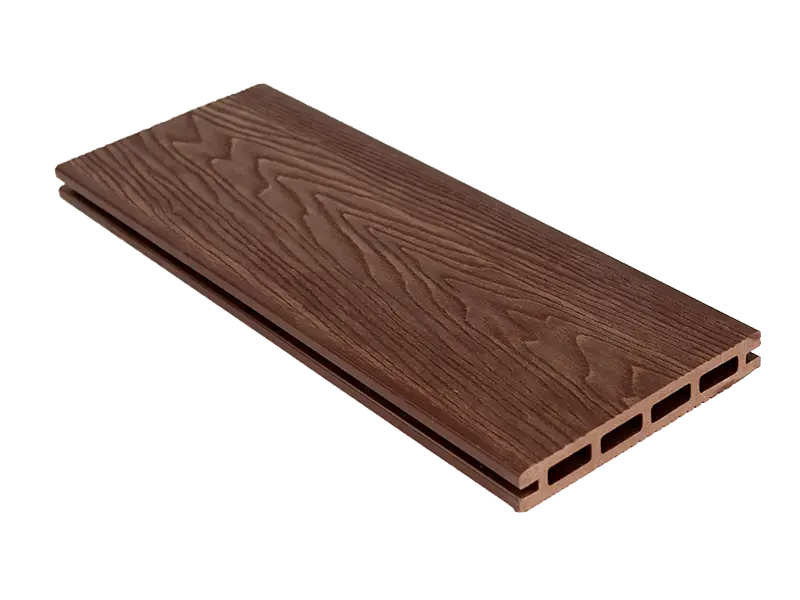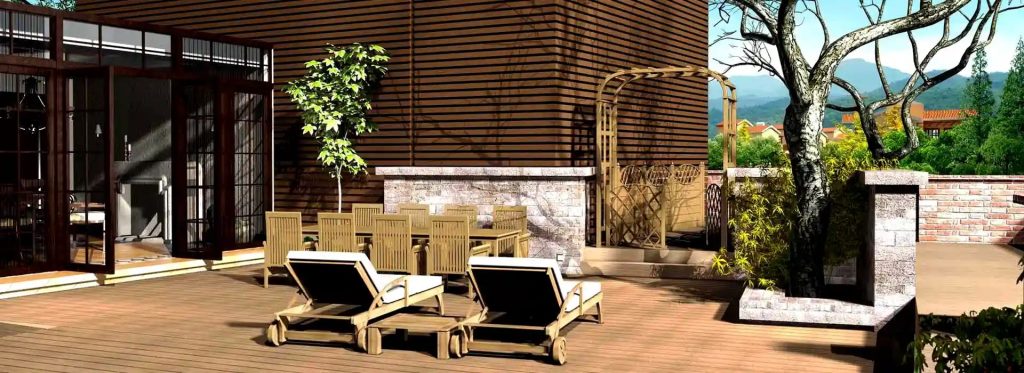Louvers play a vital role in modern architecture, balancing aesthetics, functionality, and comfort. They help control natural light, ventilation, and privacy, while contributing to the overall energy efficiency of a building. Traditionally, materials like wood, metal, or plastic have been used, but the emergence of <strong>WPC (Wood–Plastic Composite)</strong> has introduced a new era of durable, sustainable, and visually versatile louver systems.

The Advantages of WPC Louvers
Innovative Louver Design Concepts
WPC’s adaptability allows designers to push creative limits in modern architecture. Below are some innovative design possibilities that combine form, function, and sustainability:
- Perforated WPC Louvers: These feature precise cutouts that let natural light in while maintaining privacy. Ideal for facades that require both brightness and subtle shielding.
- Integrated Lighting Louvers: Combine WPC louvers with LED systems to create stunning night-time aesthetics. The light can be diffused through fins or cast from behind for a soft ambient glow.
- Smart Louvers: Integrate automation for light and airflow control. Smart WPC louvers can adjust dynamically to temperature, sunlight, or time of day—improving comfort and energy savings.
- Modular Louver Systems: These systems can be assembled, replaced, or expanded easily, offering design flexibility for both temporary structures and long-term architectural installations.
- Customized Textures and Patterns: Designers can emboss, laser-cut, or 3D texture WPC louvers to achieve distinctive tactile effects. Each pattern adds personality and enhances architectural depth.
- Acoustic Louvers: WPC’s density and engineered structure can diffuse or absorb sound, helping reduce noise in urban settings or around busy facades.
- Multifunctional Louvers: Design WPC louvers to act as sunshades, privacy screens, and rain barriers simultaneously—optimizing the building envelope’s performance and visual harmony.

Superior WPC Louver Profiles
Applications in Modern Architecture
Superior WPC louvers can be integrated across multiple architectural environments:
- Exterior Facades – Enhance building character with dynamic patterns and shading.
- Interior Partitions – Create semi-open spaces that balance light and privacy.
- Sunshades and Pergolas – Improve comfort in outdoor areas while reducing glare and heat.
- Acoustic Walls – Control noise levels in commercial or residential environments.
- Ventilated Roof Systems – Encourage natural airflow and temperature regulation.
These versatile designs allow architects to combine beauty, efficiency, and innovation—meeting both aesthetic and functional goals in sustainable architecture.

